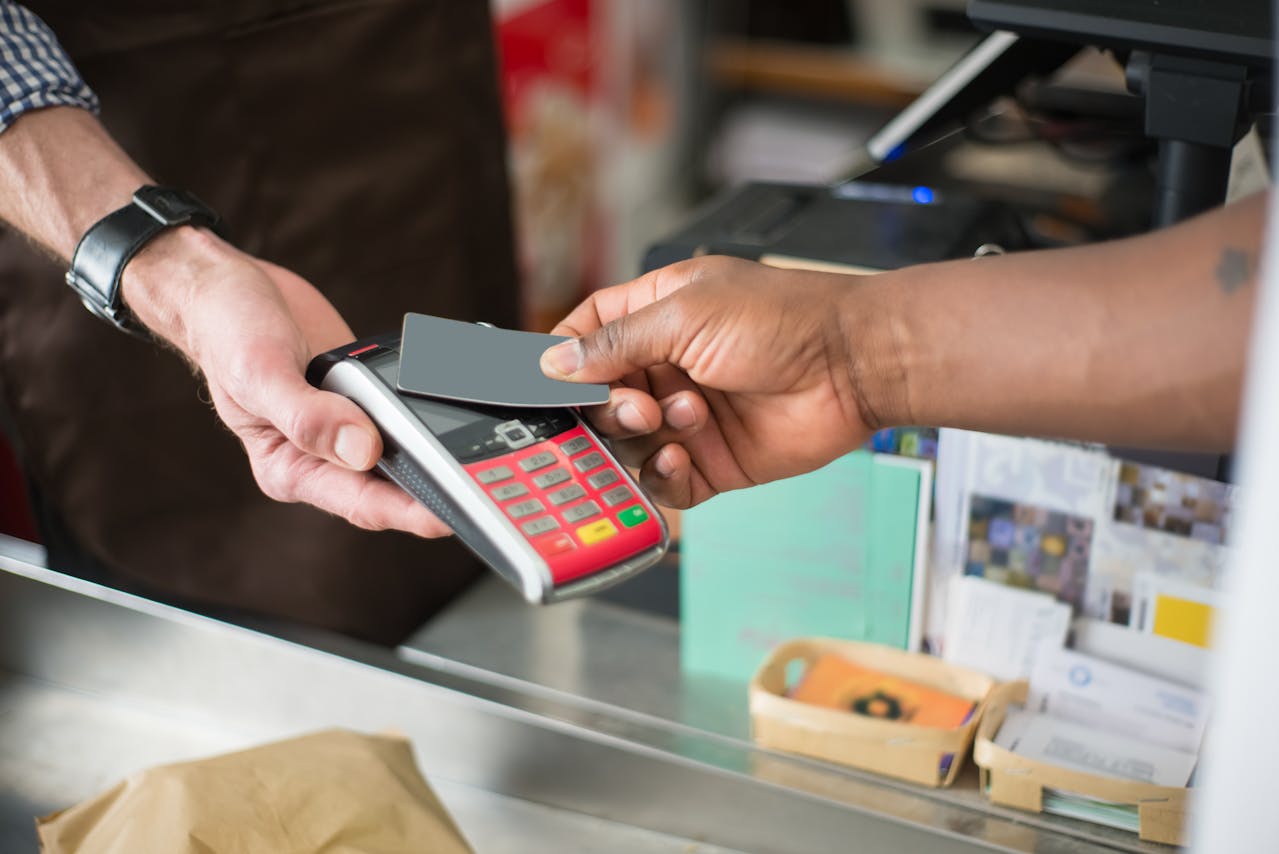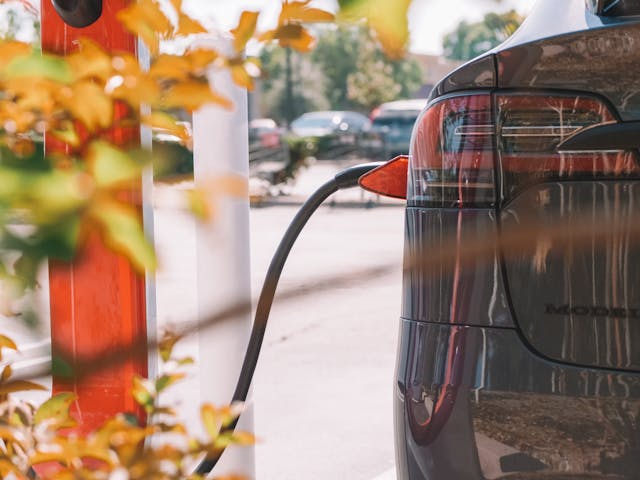

Following the severe fall due to the COVID-19 pandemic in 2020, the Southeast Asian construction sector is bound to recover by 7.5 percent growth this year.
As one of the fastest-growing countries globally, Vietnam expects to compound an annual growth rate of 7.87 percent from the construction industry, following a 6.76 percent growth rate last year.
The country has shown resilience in tackling the pandemic and has become one of a few that ends the year with a positive growth due to the increase of foreign direct investments in recent years.
The market for Vietnam is primarily dominated by residential construction--accounting for over 42.6 percent of the industry, followed by infrastructure construction and energy construction by 22.6 and 13.6 percent, respectively.
Similarly, Indonesia's avid investments in energy and infrastructure are the backbone to boost the country's construction sector.
The government plans to headstart the previously delayed infrastructure projects and increase its budget to USD 29.4 billion, covering the industry's development and surrounding subsectors.
Indonesia has recorded a positive 0.2 percent during the pandemic and forecast 2021 to end with a growth of 5.1 percent year on year.
Thailand also relies on public investments for infrastructure recovery after relatively weak construction performance since 2017.
Recently, the government has announced a plan to spend over USD 306.8 million for businesses in the construction sector to provide affordable housing nationwide. The program aims to bring approximately 3.04 percent growth to the industry this year.
After a significant fall of 9.2 percent in 2020, the Philippines' construction sector is forecasted to spearhead the country's economic recovery with a growth rate of 8.3 percent this year due to massive infrastructure investments of approximately USD 24.4 billion.
Several mega construction projects delayed in 2019 have slowed Malaysia's sector development, worsened by the COVID-19 pandemic in the following year.
The government responded by breaking an all-time-high record of construction budget at USD 74 billion to cover operational expenditure in developing transport infrastructure, renewable energy, residential, telecommunications, and water infrastructure projects.
The investment expects to bring the industry to recovery by a 14.6 percent expansion this year.
Singapore's construction sector experienced the worst contraction among the bloc by 28.5 percent. The industry's output is expected to rise to around USD 24 billion this year, attributing to the backlog during the pandemic.
Singapore's construction demand is yet to rebound to the pre-COVID 19 levels. However, the government expects it to gradually recover as some notable projects such as MRT and healthcare facilities development starts.
The Southeast Asian construction sector's recovery pace varies among countries but relies heavily on public investments and the previously delayed infrastructure projects.
As uncertainties in the current market linger, companies experience materials shortages and rising prices due to supply chain failure. Global demands have gradually recovered as economies reopen, posing threats on Southeast Asian countries to fulfill the increasing demand while hand in hand resolve the supply chain issues caused by the COVID-19 pandemic.
Raw material shortages happening around the world emphasizes the importance of innovation in the construction industry. Today, companies need to find alternatives or conduct innovation in construction materials to prevent bottlenecks as global demands recover.
Discuss your needs with our teams

Digital Lending in Southeast Asia: Current Trends and Future Outlook
Digital lending in Southeast Asia (SEA) has been on an upward trajectory, significantly enhancing financial access for both individuals and businesses. The region's high internet and mobile penetration rates have facilitated this growth, enabling more people to access financial services conveniently. Governments across SEA are actively promoting digital lending as a means to improve financial inclusion, particularly for the underbanked and unbanked populations. For instance, digital lenders in countries like Indonesia and the Philippines have capitalized on the surge in internet usage to offer innovative lending solutions.

The Latest Trends and Developments in SEA’s Digital Payments Landscape
The adoption of digital payments in Southeast Asia (SEA) has accelerated, driven by technological advancements, government initiatives, and changing consumer behaviors. It has evolved from simple online transactions to sophisticated financial ecosystems that include various payment methods such as mobile wallets, QR code payments, and Buy Now Pay Later (BNPL) options.

Navigating the Digital Era: Future Jobs and Skills in the Age of Digitalization
The job market's transformation driven by digitalization highlights the need to understand emerging trends and acquire essential skills for thriving.

Navigating Key Challenges in Southeast Asia’s EV Market
Southeast Asia (SEA) finds itself at a crucial juncture in the journey towards electric vehicle (EV) production and adoption as the world transitions towards sustainable transportation solutions. The region has several significant keys for developing the EV industry, such as Indonesia's nickel supply and Thailand's EV manufacturing potential. However, the ASEAN EV industry faces many challenges and threats that must be overcome to ensure success in the region.